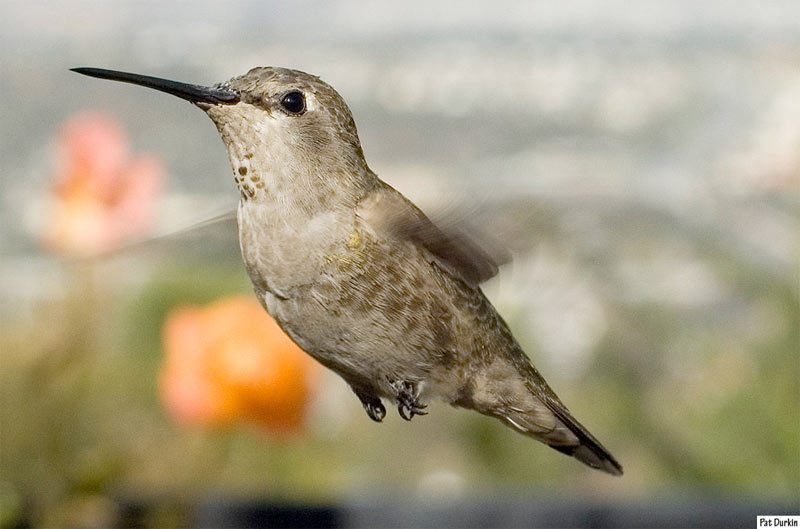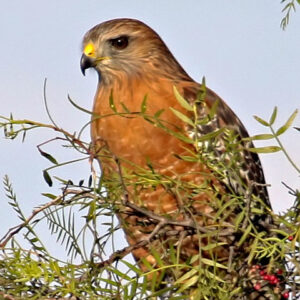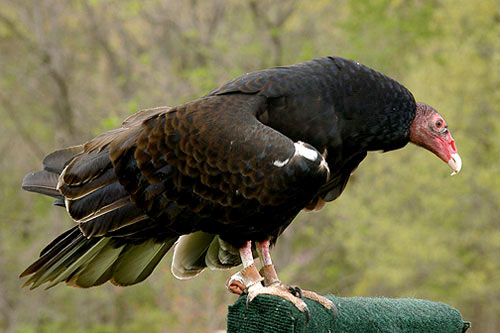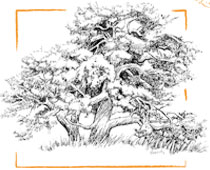
The Reserve’s diverse habitats attract over 160 bird species. Many species, including four hummingbirds, nest on site. The Anna’s hummingbird is the most common of the hummingbirds on the reserve and can be found year-round.
Other species, such as the red-breasted sapsucker (Sphyrapicus ruber) and two kinglets, rely on Reserve resources primarily for foraging. Still others, including eight flycatchers–among which are the Says phoebe (Sayornis saya) and black phoebe (Sayornis nigricans)– depend on the Reserve’s wetlands during migrations.

Rich oak habitats support numerous bird species. The acorn woodpecker (Melanerpes formicivorus), subject of extensive research at the Sedgwick Reserve and other UC reserve system sites, leaves its mark by riveting collections of acorns into the bark of oaks, creating a communal storage system referred to as a “granary.” Scientists examine the unique social structure of this species, which involves cooperative breeding in which nonparent birds help in the nest.
Another, larger woodpecker species at Sedgwick, the Lewis’woodpecker (Melanerpes lewisii), stores acorns, fruits, and other nuts for winter use. Unlike the acorn woodpecker, the Lewis’ woodpecker does not pound or peck at wood for food. Instead, it searches the crevices of furrowed trees. For both species (but especially the Lewis’ woodpecker), catching flying insects is the main method of getting food.
Several common California raptors patrol the skies of the Sedgwick Reserve. The red-tailed hawk (Buteo jamaicensis), whose early relatives lived 31 million years ago, hunts stealthily from oak perches. Another commonly found hawk is the slightly smaller red-shouldered hawk (Buteo lineatus).

The scavenging turkey vulture (Cathartes aura), with its highly developed olfactory sense, can detect a carcass concealed under a tree canopy. Five owl species are seen and heard on site, including the northern pygmy owl (Glaucidium gnoma), great horned owl (Bubo virginianus), western screech owl (Otus kennicottiiI), and barn owl (Tyto alba). The barn owl is the most accurate aural hunter among birds, and can catch prey by sound alone.
Lucky observers have caught glimpses of the endangered California condor (Gymnogyps californianus), the subject of intense captive breeding programs to rescue it from the brink of extinction. The Los Padres National Forest, located adjacent to the Reserve, was the release site for a pair of condor chicks hatched to “Sisquoc”, the first California condor “born” in captivity in 1983.
Additonal protected species use the Reserve: the white-tailed kite (Elanus leucurus), ferruginous hawk (Buteo regalis), burrowing owl (Athene cunicularia), golden eagle (Aquila chrysaetos), and bald eagle (Haliaeetus leucocephalus).
Click here for the complete list of birds identified on the Sedgwick Reserve, or click here for a field checklist of birds found on the Reserve.
